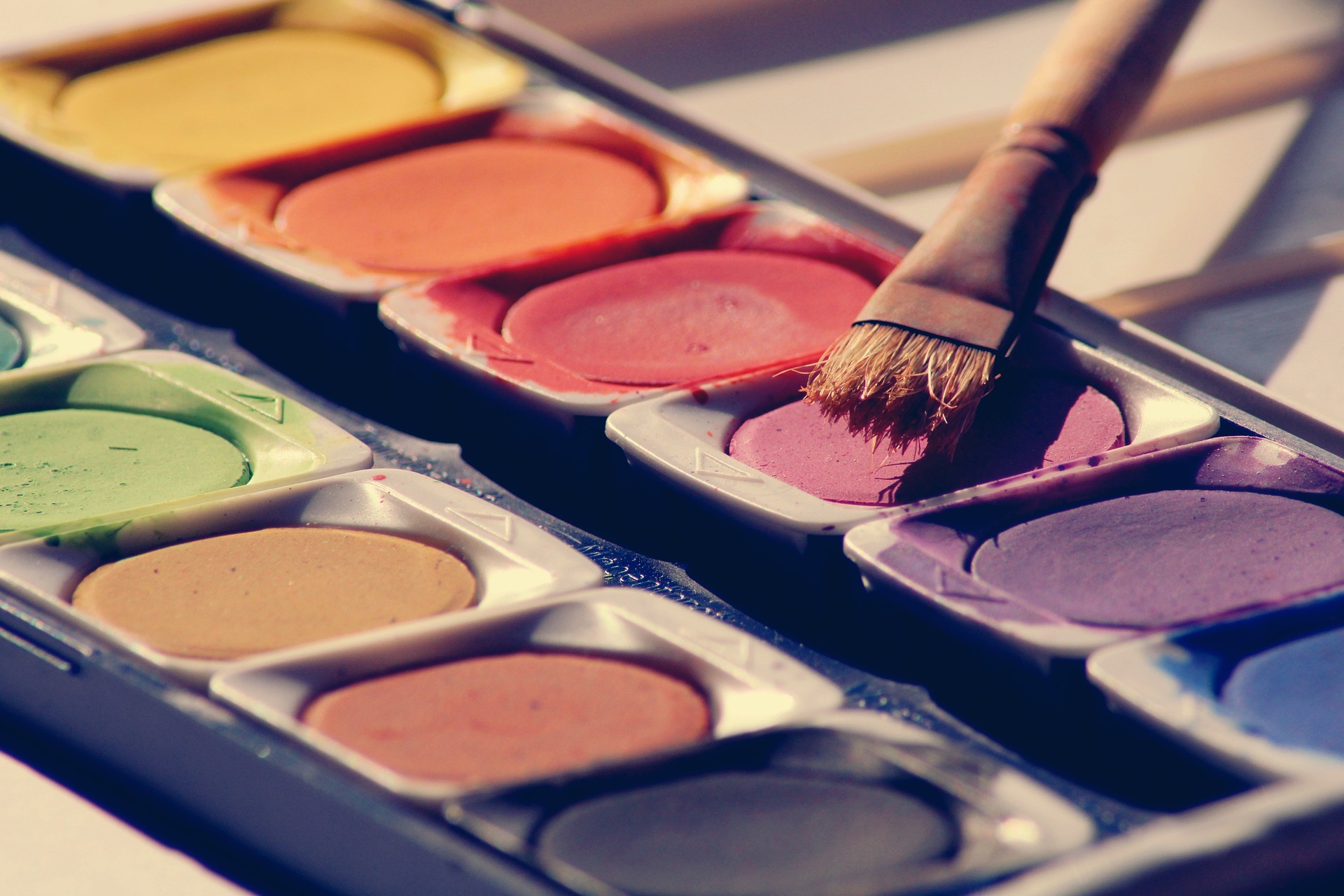3D Pens: Creating Dimensional Art with Color Options
3D pens represent an innovative leap in creative technology, allowing artists, hobbyists, and students to draw in three dimensions rather than just on flat surfaces. Unlike traditional writing instruments, these handheld devices extrude heated plastic filament that quickly cools and solidifies, enabling users to create physical objects by drawing in the air. As the technology has evolved, so have the options available to users, including a variety of filament colors such as black, red, and blue that allow for diverse artistic expression. From educational tools to professional prototyping devices, 3D pens have opened new possibilities for creative expression across multiple applications.
How Does a 3D Pen Work?
A 3D pen functions similarly to a handheld 3D printer. Inside the pen, plastic filament (typically PLA or ABS) is fed through a heating chamber that melts it to a semi-liquid state. When you press the extrusion button, this melted plastic flows through the nozzle tip. The plastic rapidly cools and solidifies upon contact with air, creating a stable structure that maintains whatever shape you draw.
Temperature controls allow users to adjust the heat based on the type of filament being used. Most 3D pens operate either by plugging into a power outlet or through rechargeable batteries, making them versatile for different working environments. The learning curve is relatively gentle, with most users able to create basic three-dimensional structures after just a few practice sessions.
Available Colors: Pen Black Options and Applications
Black filament is one of the most versatile and widely used colors for 3D pen applications. Its neutral tone makes it perfect for creating outlines, structural elements, or standalone monochromatic designs. Many artists prefer pen black filament for architectural models or technical drawings because of its professional appearance and strong visual definition.
Black filament typically offers excellent strength properties, making it ideal for structural components in more complex 3D creations. For those working on detailed projects, black provides high contrast against lighter backgrounds, helping to highlight intricate designs. Many professional 3D pen artists use black as their primary color, adding other colors as accents to create depth and visual interest in their work.
Creating Vibrant Designs with Pen Red Filament
Pen red filament delivers bold, eye-catching elements to 3D creations. The vibrant nature of red makes it perfect for highlighting specific features within more complex projects or creating statement pieces that demand attention. Artists frequently use red filament to add emotional impact to their work, leveraging the color’s psychological associations with energy, passion, and intensity.
In educational settings, red filament helps teachers demonstrate specific components of 3D structures, making it easier for students to follow along during demonstrations. The contrast between red and other colors like black or blue creates visual separation in multicolored projects. When working with anatomical models, red filament is particularly useful for representing blood vessels, muscles, or other biological features that are traditionally depicted in red.
Incorporating Pen Blue for Dimension and Contrast
Pen blue filament offers a cooler tone that brings balance and dimension to 3D creations. The calming nature of blue makes it popular for decorative elements, artistic representations of water or sky, and projects requiring a more subdued aesthetic. When used alongside complementary colors like red, blue creates striking visual contrast that helps define separate elements within a single creation.
Many designers find that blue filament works well for creating background elements or base layers in multi-component projects. In technical applications, blue is often used to represent electronic components, water systems, or cooling elements in architectural models. The versatility of blue filament makes it a staple in most 3D pen users’ collections, providing both practical and aesthetic benefits across numerous project types.
Combining Multiple Colors for Complex Projects
The true potential of 3D pens emerges when multiple filament colors are combined in a single project. By switching between pen black, pen red, and pen blue filaments, artists can create multi-dimensional works with depth, contrast, and visual interest. Layering different colors allows for the creation of gradients, patterns, and textured effects that would be impossible with monochromatic approaches.
For beginners, starting with a primary structure in black before adding decorative elements in red or blue often yields the most successful results. More advanced users might create elaborate color transitions by carefully blending filaments at connection points. Some 3D pen artists develop signature techniques for combining colors, such as twisting filaments together before extrusion or creating intricate overlay patterns that produce optical effects when viewed from different angles.
Popular 3D Pen Models and Their Color Capabilities
When selecting a 3D pen, it’s important to consider both the device’s technical specifications and its compatibility with different colored filaments. Here’s a comparison of several popular models:
| 3D Pen Model | Compatible Colors | Temperature Control | Approximate Price |
|---|---|---|---|
| 3Doodler Create+ | All colors including black, red, blue | Yes, multiple settings | $79.99 |
| MYNT3D Professional | All PLA/ABS colors | Adjustable LCD display | $59.99 |
| Scribbler 3D V3 | Full spectrum including black, red, blue | Digital display with precise control | $99.00 |
| MYNT3D Basic | Standard colors with limited specialty filaments | Basic high/low settings | $29.99 |
| 3Doodler Start | Child-safe filaments in multiple colors | Single temperature (low-heat) | $49.99 |
Prices, rates, or cost estimates mentioned in this article are based on the latest available information but may change over time. Independent research is advised before making financial decisions.
Most modern 3D pens accommodate standard 1.75mm filament regardless of color, though some specialized models may require proprietary filament types. Higher-end models typically offer more precise temperature controls that can be adjusted based on filament color and composition, as darker colors like black sometimes require slightly different temperature settings than lighter colors like blue or red for optimal flow.
Maintaining Your 3D Pen and Colored Filaments
To ensure the longevity of your 3D pen and the quality of your creations, proper maintenance is essential. Different colored filaments may require specific handling, particularly when switching between colors. After using darker filaments like pen black, it’s advisable to clear the nozzle by running a cleaning filament or a small amount of clear filament through the pen before switching to lighter colors like pen blue or pen red.
Store filaments of all colors in airtight containers to prevent moisture absorption, which can affect the quality of extrusion. Some colors, particularly darker ones like black, may show dust or imperfections more readily than others. Regular cleaning of the pen nozzle with the tools provided by the manufacturer will help maintain consistent extrusion regardless of which color filament you’re using, ensuring smooth transitions between pen red, pen blue, and pen black during your creative process.




